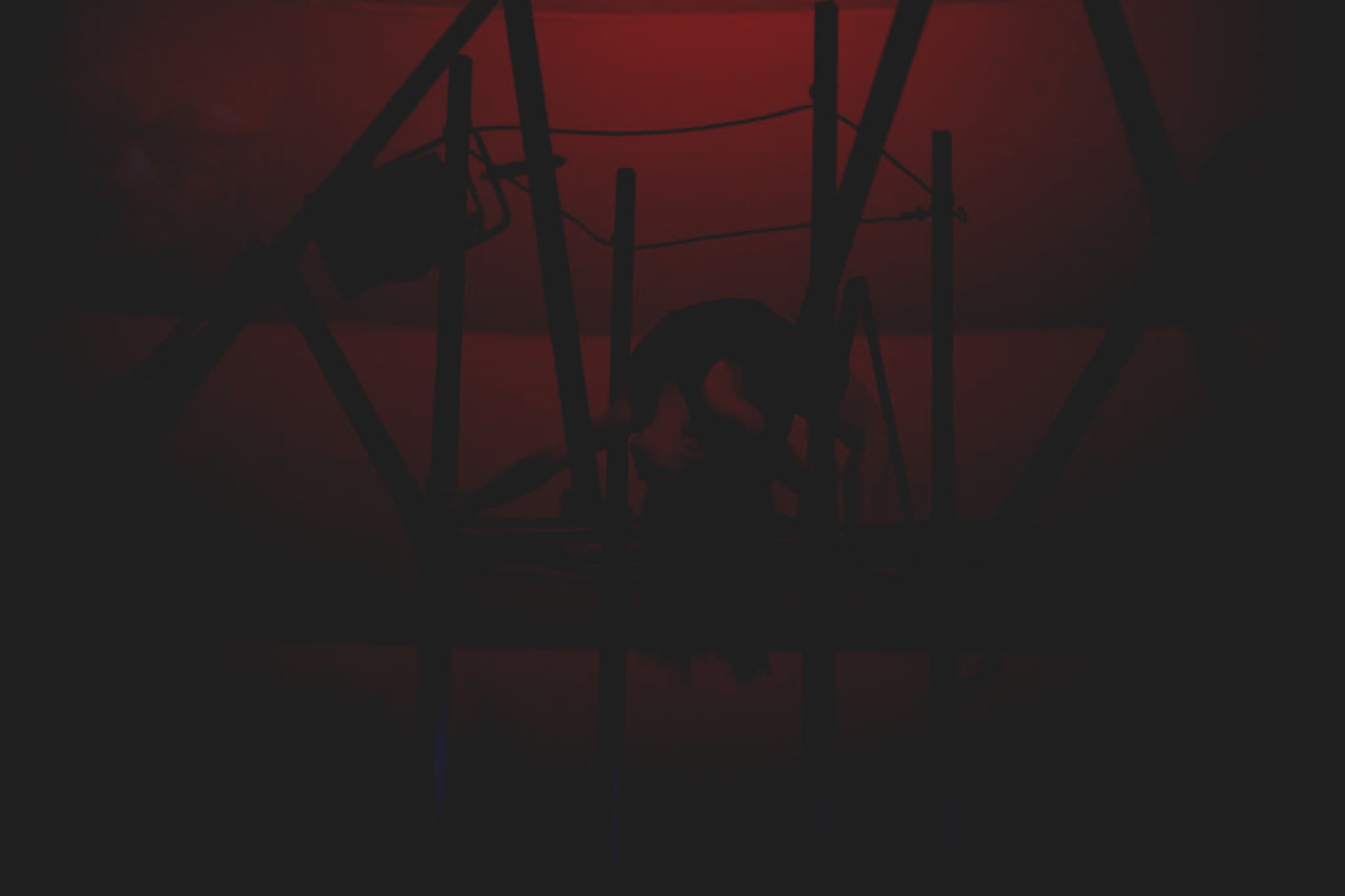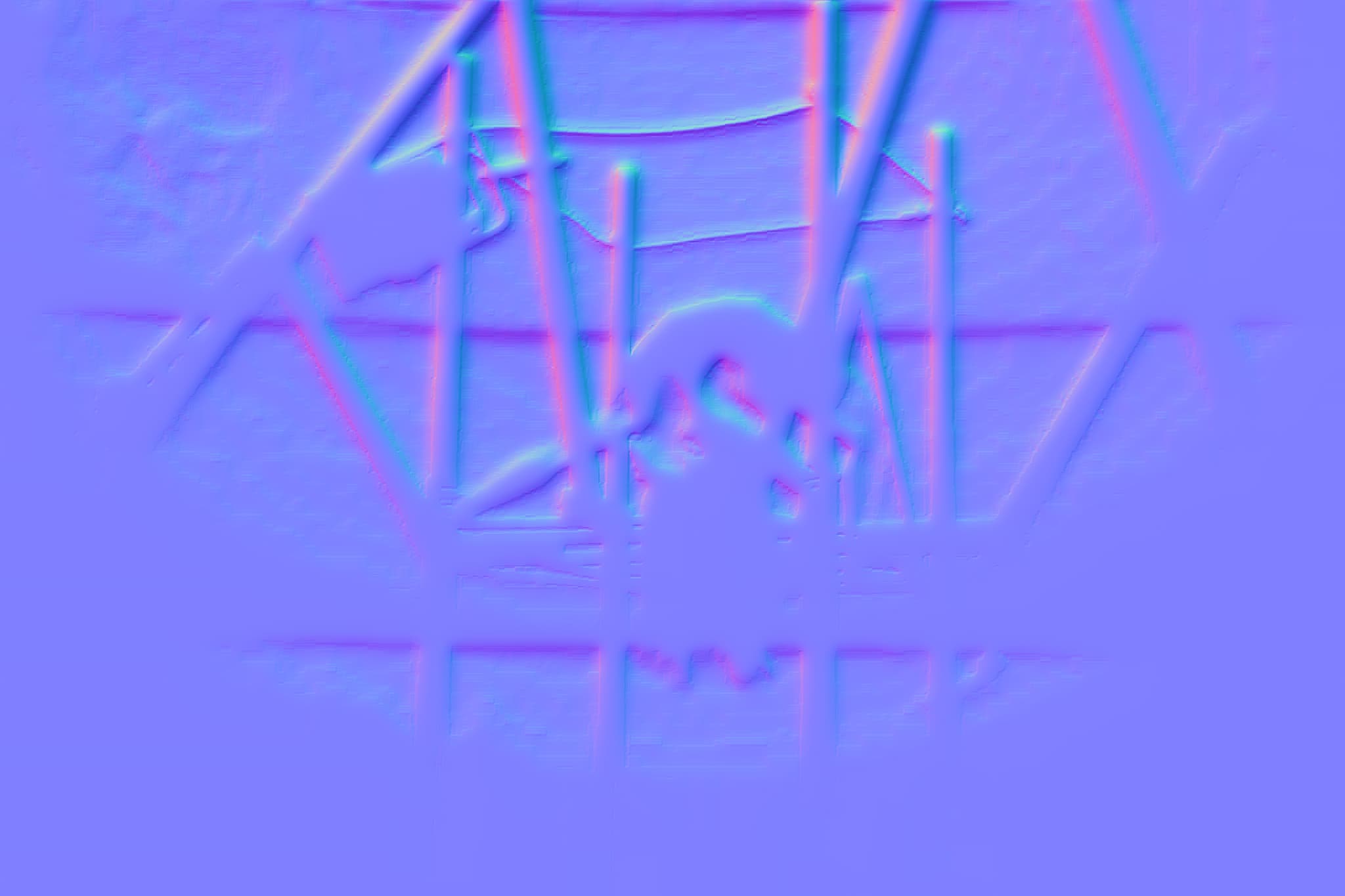HAMLET MACHINE
Installation, Performance / 2018
INFO
Lena Osseyran’s theatrical play and installation is based on Heiner Müller’s Hamletmachine, written in 1977. The original text, by a German writer who considered himself a black sheep of the two parts of Germany, is clear proof of the disintegration of German history and the dream of revolution. Inspired by his stay in the United States, Heiner Müller expresses his newly-formed perspective on modern life in the two phantasmagorias of Hamletmachine: the first literary, the second political.
The work features social, historical, and political figures. Monologues and soliloquies take place in different locations, starting at a national funeral in Budapest and ending in phantasmagorical settings like labyrinths, prisons and abysses. Müller introduces characters from world literature such as Ophelia, Electra, Hamlet, Richard III and Macbeth.
He also references historical personalities including Karl Marx, Joseph Stalin, Vladimir Lenin and Mao Zedong, as well as others that remain intentionally anonymous, such as Laszlo Rajk, Rosa Luxembourg, the Mansion family, Suzan Atkins, Ulrike Meinhof, Inge Müller and even Heiner Müller himself. Müller’s play is distinguished by its internal and social conflicts that express a sense of duality, as well as its intertextuality and ambiguous signs. Müller extracts lengthy passages of text from Shakespeare and T.S Eliot.
This post-dramatic work speaks about forced social structures, the ugliness of our modern world, and alludes to fragmented spaces, places, images, and concepts.
Osseyran’s adaption puts forth a dream of a destructive mother who devours humanity, resulting in a hybrid species, a metal/human structure: Hamletmachine. Sounds and visuals enter into a dichotomous relationship where illusion is the norm. Human beings can experience conflicts and dilemmas, yet nothing is real. These phantom places are fertile grounds where history and legend intersect, but no stories are told. Hamletmachine imprisons humanity in breeding nests of males and females, then absorbs everything all over again into her abysses. Ophelia transforms into Electra, the apocalyptic machine that destroys the world.
This dystopian world is mirrored in the Arab region at present, where classical notions of leadership are crumbling. It underlines our fundamentally flawed conceptualization of ideology and its usefulness in achieving progress. Perhaps dreaming of destroying everything would be a better survival mechanism for human evolution. Physical barriers would be abandoned, and no-one would be a refugee.


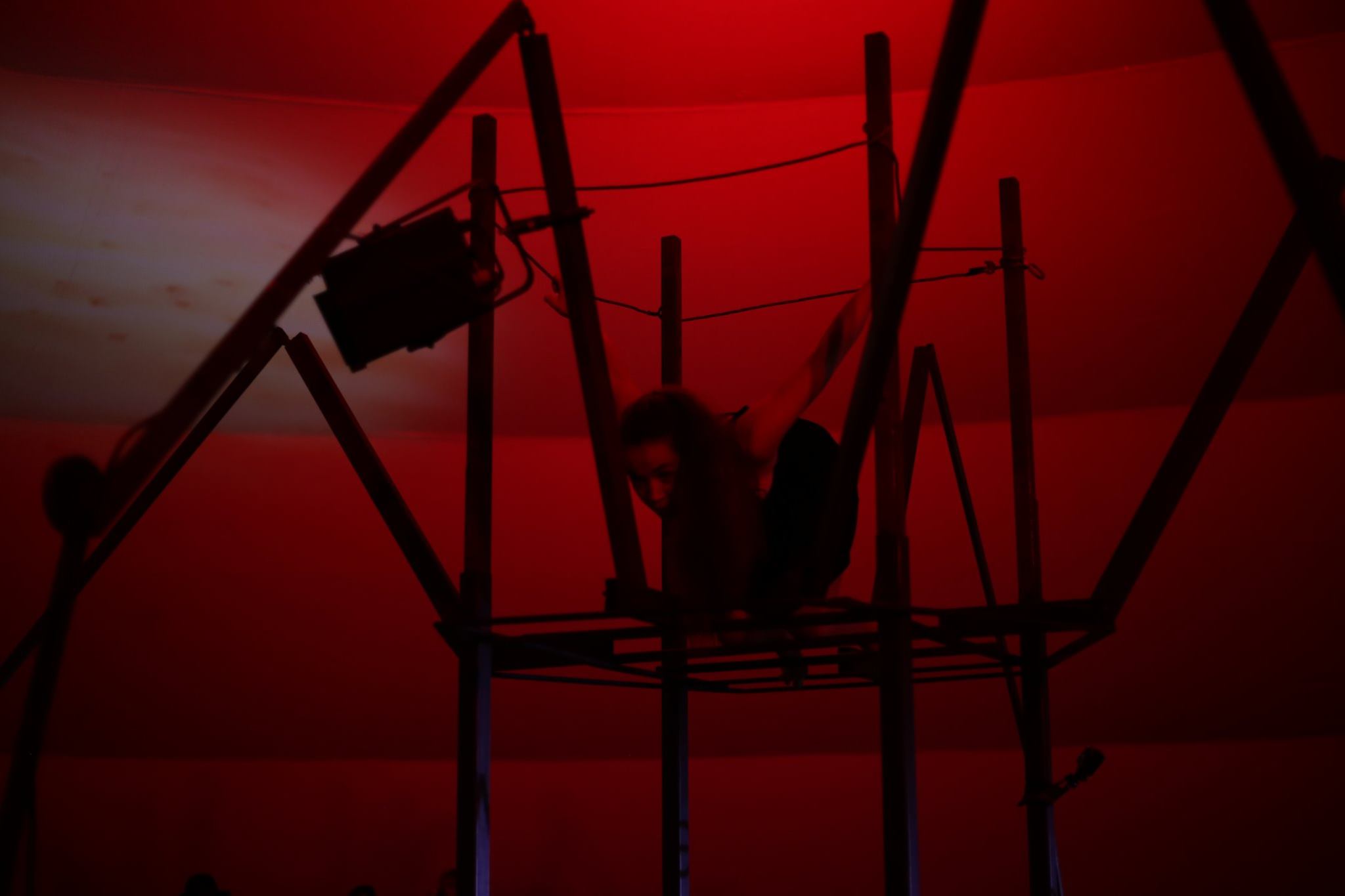
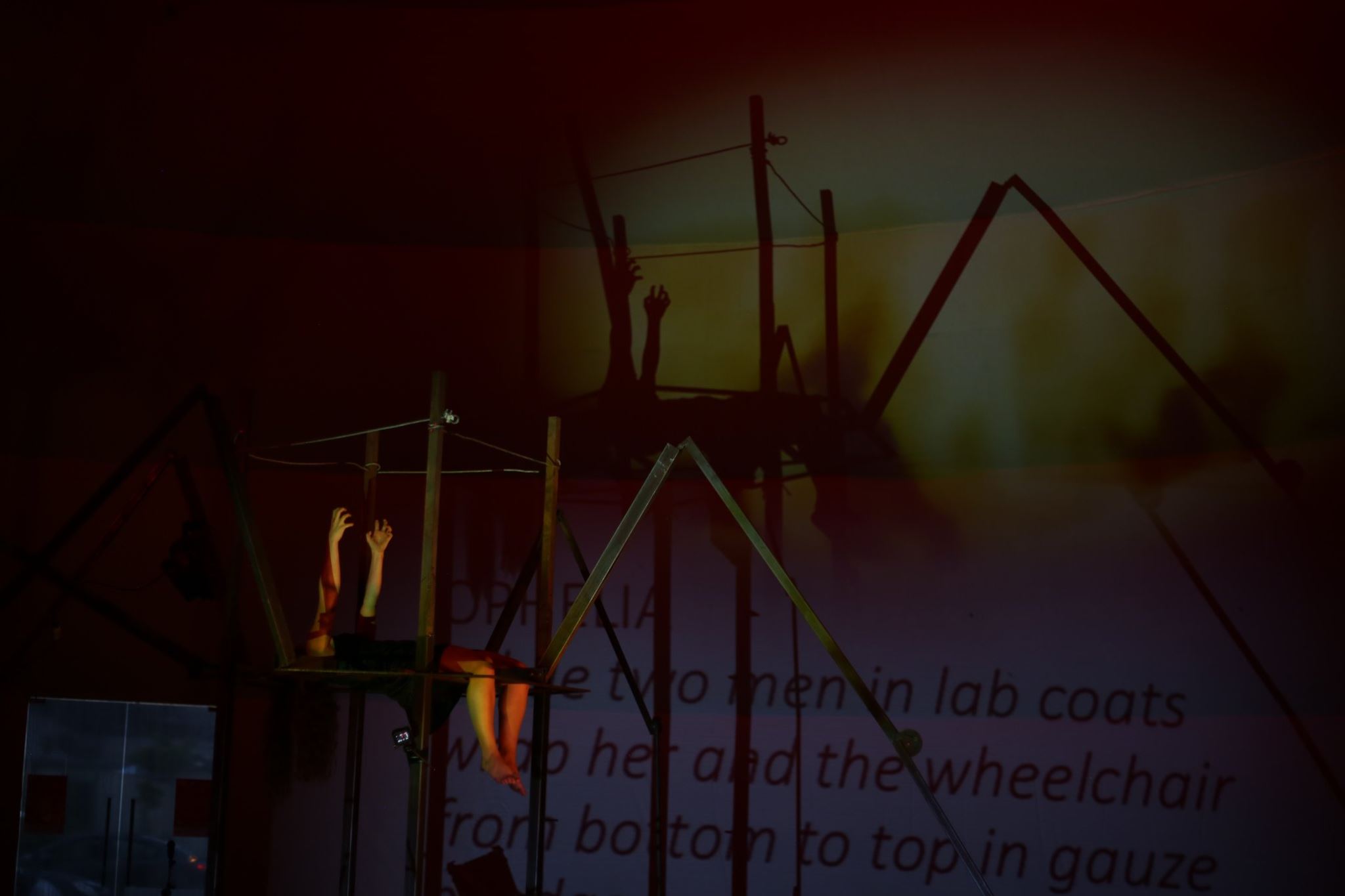

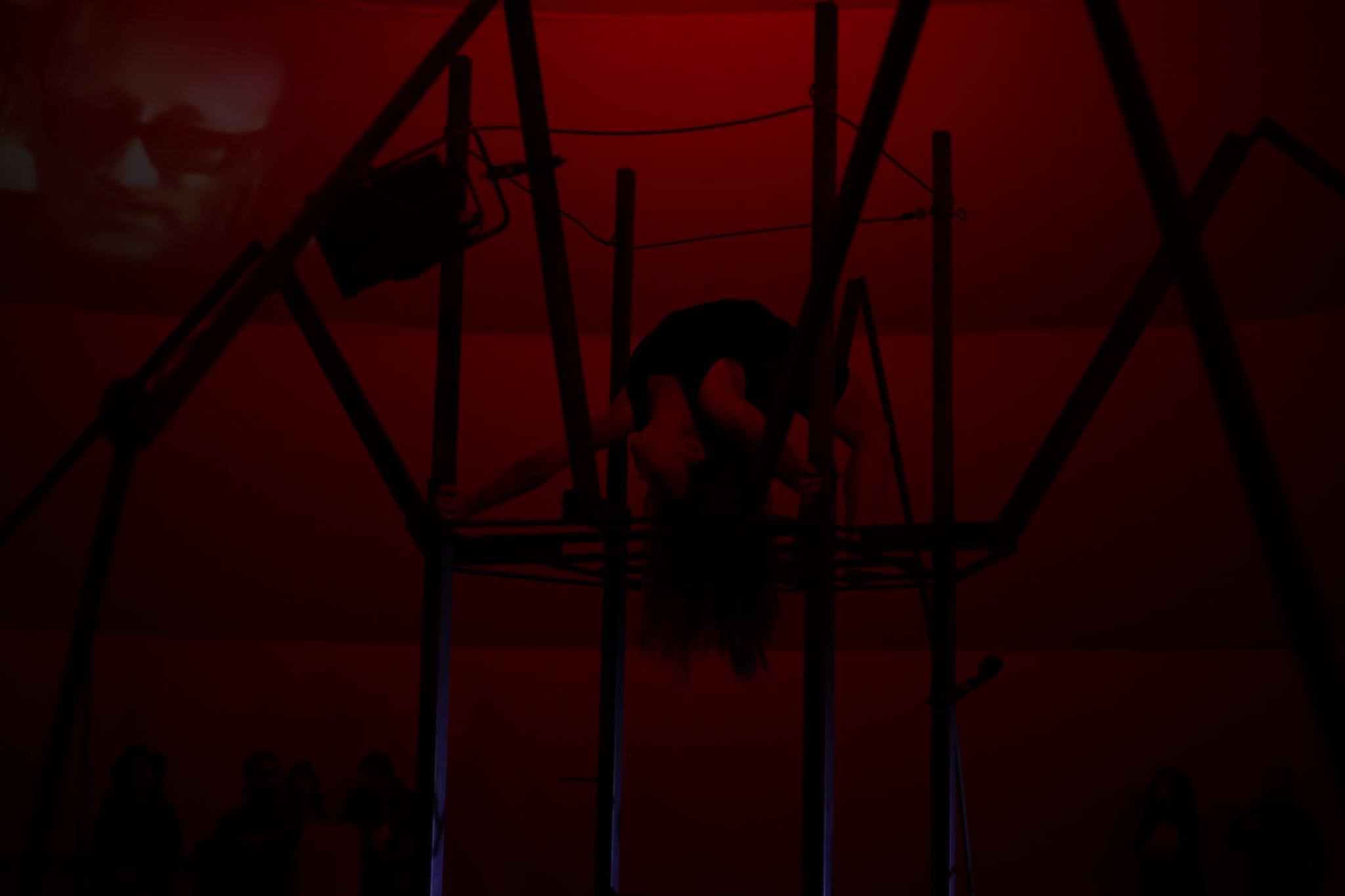
CREDITS
PERFORMED By
Riwa Houssami
VOICE OVER
Mohamed Al Mufti
Directed By
Lena Osseyran
Videos editing & coloring
Joseph Rouhana
Lighting
Jean-Pierre Abdayem
Nanor Baghdassarian
Camera
Rouba Noureddin
Ingrid Zoghby
Editing & Coloring
Serouj Hovsepian
